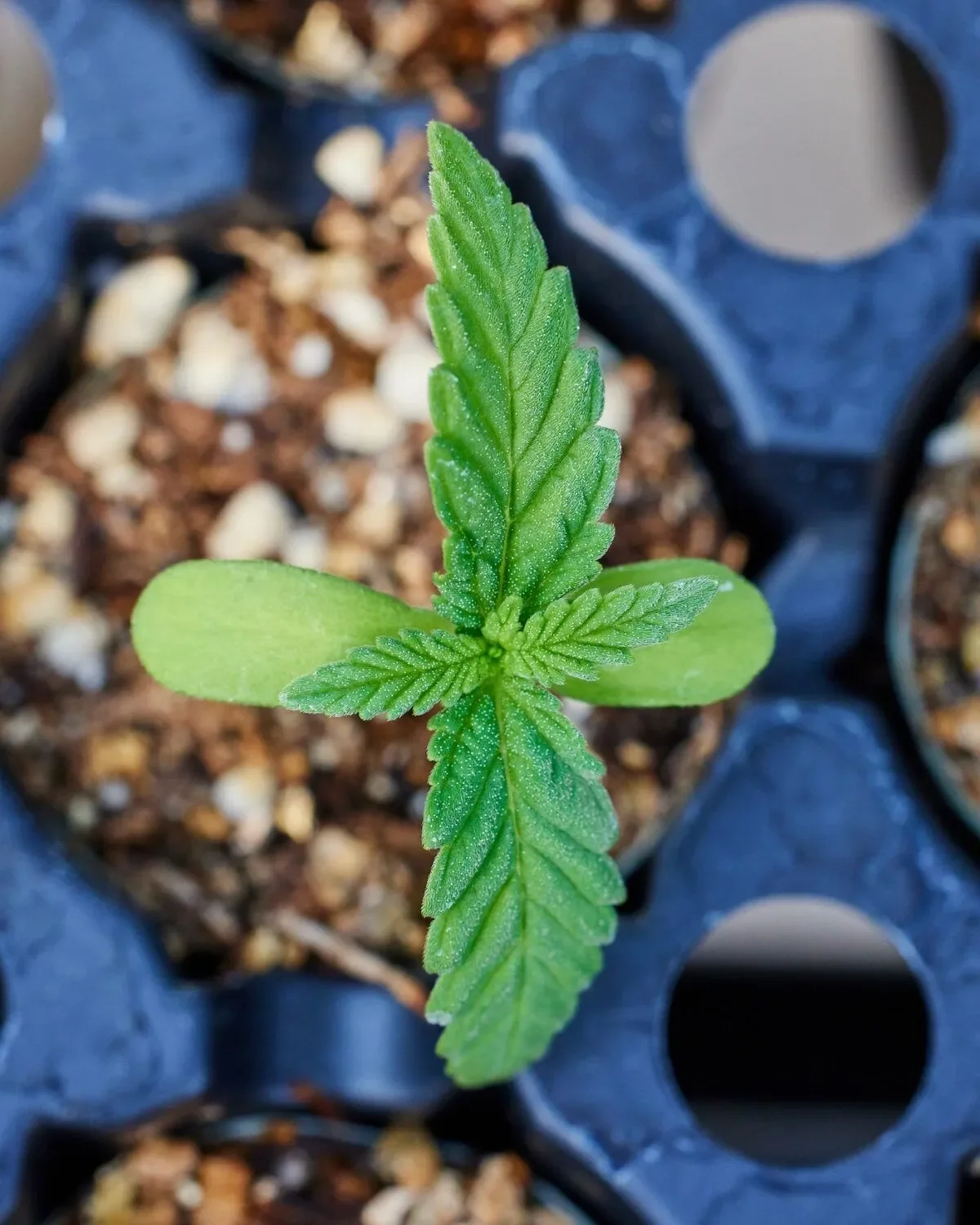It’s that time of the year again. Love is in the air. Romances, old and new, are beginning to blossom like flowers in the coming spring.
Valentine’s day is all too often associated with doing something romantic with your partner. The holiday often evokes images of surprising your significant other with bouquet of roses or a giant teddy bear with an accompanying heart-shaped box filled with chocolates. Perhaps it’s when one finally summons the courage to ask their crush out to a date. We want to help you add something new and green to your valentine’s day.
Cannabis can be applied in many different ways to have a more romantic effect. It all comes down to what you and your partner want to do, or how you choose to surprise them with something special. This can be as simple or complex as you choose to make it. Here are a few ideas that we recommend to make this the most exciting Valentine’s day yet!
Take a hike with a joint
Lets say you just asked your crush out to a date. Fantastic! Firstly, well done for asking. Now, what do you do? Just get to know each other. A great way to do this is to go out and enjoy one of the many tails, paths, and hikes the Columbia River Gorge has to offer. You can enhance the adventure, and the date, if you bring along a mellow sativa or hybrid pre-roll for the two of you to share. It won’t put you to sleep and you will both have the opportunity to experience the space, giggle and bond. It’s all about enjoying each other’s company, however you decide to do it.
The perfect gift
If you and your partner are familiar with cannabis use, then you are both probably familiar with the munchies. It’s a common side effect that we’ve all heard of. Marijuana is known to increase the appetite of most of its users, so why not make a munchie basket for your special someone? Flowers and chocolates are overrated. Putting together a spread of gourmet cannabis treats is a very thoughtful and romantic gesture. You could include marshmallow bonbons, a mint hibiscus or peanut butter and jelly chocolate bar or even infused cheese crisps for the savory partner out there. Specializing this selection to both your tastes will be treating yourselves and your munchie urge on this special day.
Dinner for three: you, your love, and Mary Jane
Then there is, of course, the classic dinner date. The dinner date applies to both blossoming romances and long term loves, but cannabis can make this meal just a little bit more special. Now, if you’re going to pair cannabis with dinner, chances are you’ll have to cook at home. You could try infusing the meal itself (see our thanksgiving blog on meal infusion here).
The Grand Finale
Ending the evening at its finest. Everyone has their own rituals of love, but if there’s one constant among humans, it’s that we enjoy a good back rub. Try using cannabis topicals as a lotion while you massage your partner. Cannabis infused topicals are popular for localized pain relief and can help with muscle tension. Cannabis infused sensual oils and lubes are also a great add in for your special holiday. Apothecanna’s Sexy Time lube is formulated specifically to enhance sexual pleasure for both partners.
Treat yourself anyway (on your own)
If you are on your own this Valentines Day, then today is for you. Never forget to love yourself, and Valentines is all about love. Treat yourself to your favorite meal. Spend time participating in your favorite activity, whatever it may be: hiking, biking, kiting, boarding, rafting, kayaking, watching movies, writing, drawing, or just enjoying “me” time. Draw yourself a hot bath and relax with a fine indica pre-roll at the end of the day. There are even bath bombs that are cannabis infused, so you won’t miss out on the benefits of a topical treatment!
We hope some of our ideas of how to incorporate cannabis into your Valentine’s day helps bring a little more love into your life. Marijuana has been known as a plant associated with peace and love, something we all could use a little bit more of in this world. May your Valentines Day be filled with just that.



















